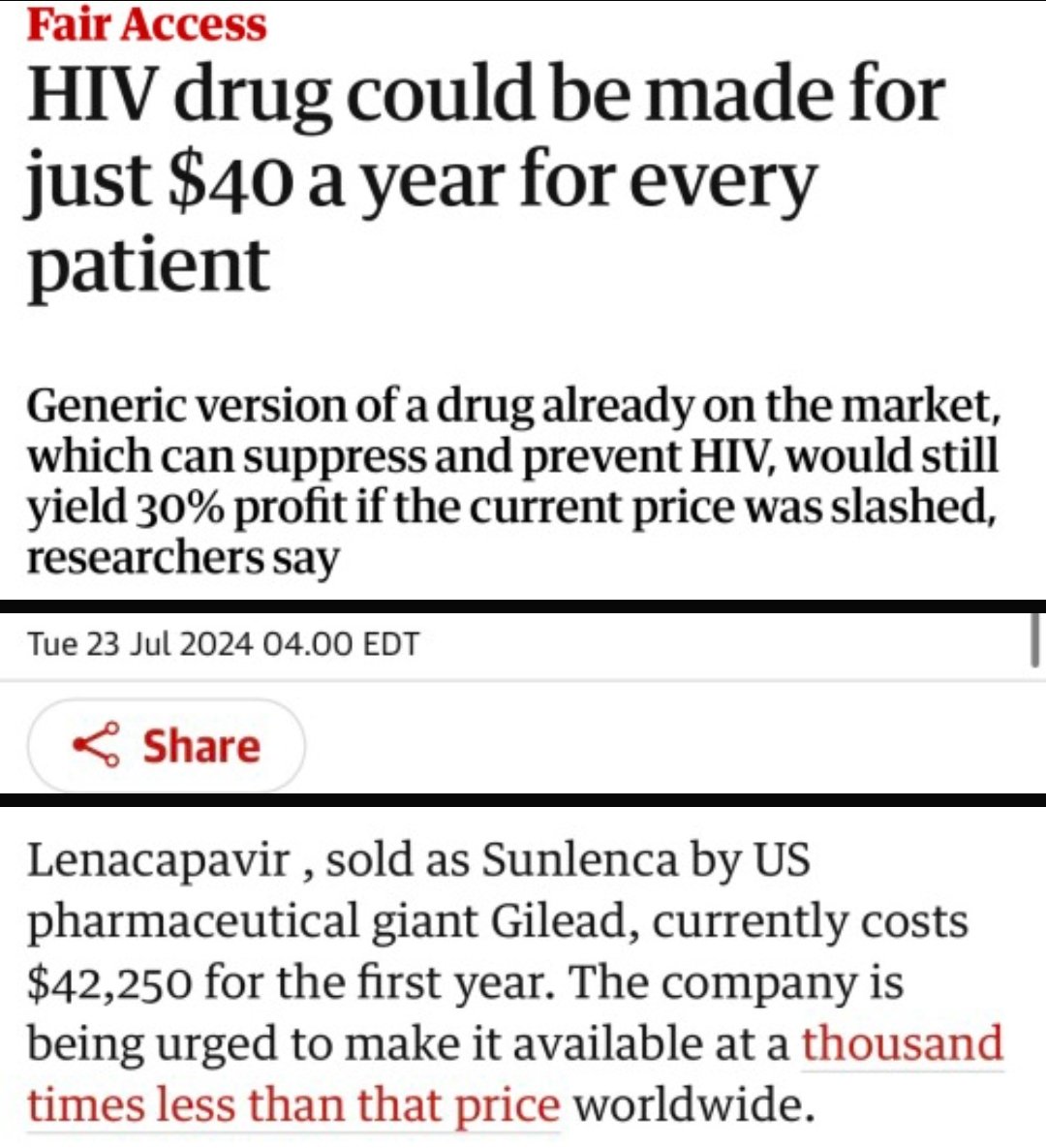this post was submitted on 17 Sep 2024
402 points (98.6% liked)
A Boring Dystopia
9539 readers
859 users here now
Pictures, Videos, Articles showing just how boring it is to live in a dystopic society, or with signs of a dystopic society.
Rules (Subject to Change)
--Be a Decent Human Being
--Posting news articles: include the source name and exact title from article in your post title
--Posts must have something to do with the topic
--Zero tolerance for Racism/Sexism/Ableism/etc.
--No NSFW content
--Abide by the rules of lemmy.world
founded 1 year ago
MODERATORS
you are viewing a single comment's thread
view the rest of the comments
view the rest of the comments

Thanks for the answer, sucks that it works that way
It doesn't work that way at all.
Pricing strategy generally calls for optimizing return. They calculated that this company has 342 customers. Each customer adds $28 in costs. The unknown is how many additional customers will choose to buy at a particular price point.
If we halve the price paid by the customer (and add $28 to account for our increased costs) will we at least double our customer base to 684?
If we halve that price again (and add another $28), will we at least double our customer base again, to 1368?
At some point, lowering the price any further will not gain enough customers,, and that is the minimum price we can charge while maintaining our current profits. The article went well beyond that point, contemplating a price point that would provide only 30% of their current profits.
If they lowered their price point to, say, $2700/yr, they would only need to add about 5100 new customers to break even with their $42,222 price. I think they would attract a hell of a lot more than 5100 new customers at that price point, meaning they would be radically increasing their revenue and profits. They are currently earning far less than they could be by demanding so much.